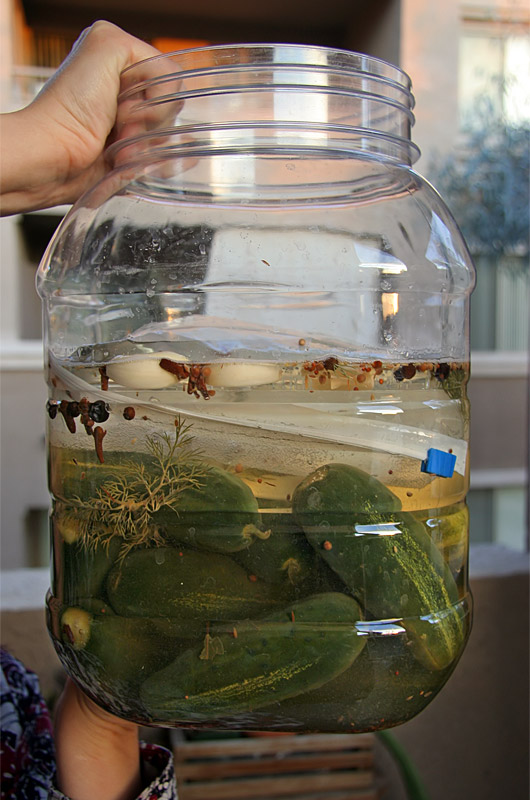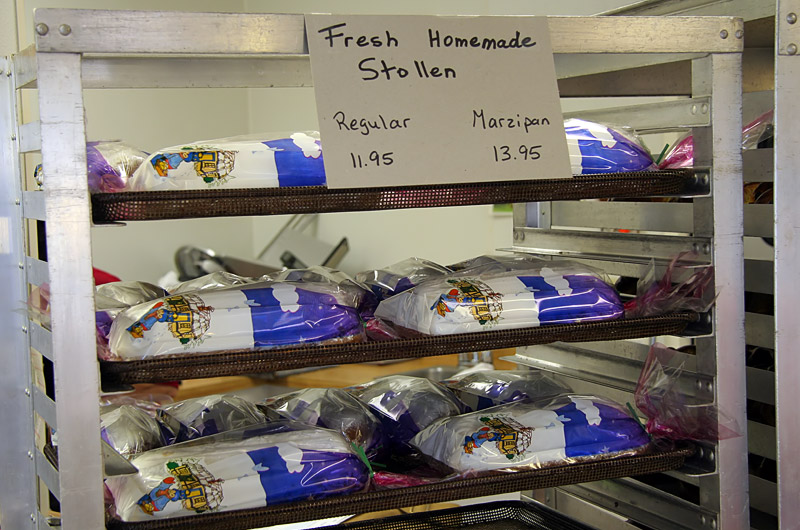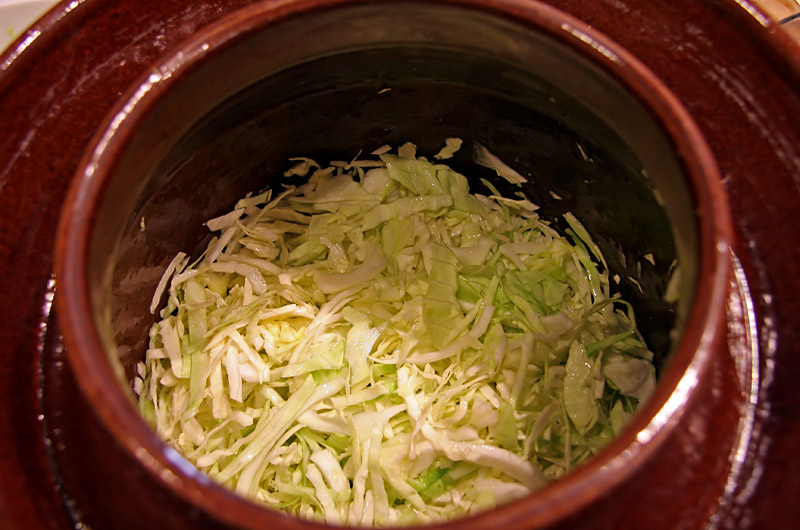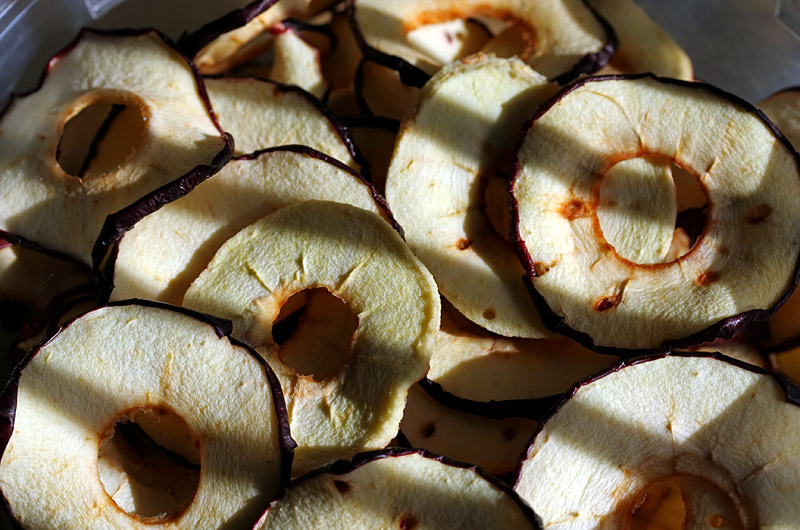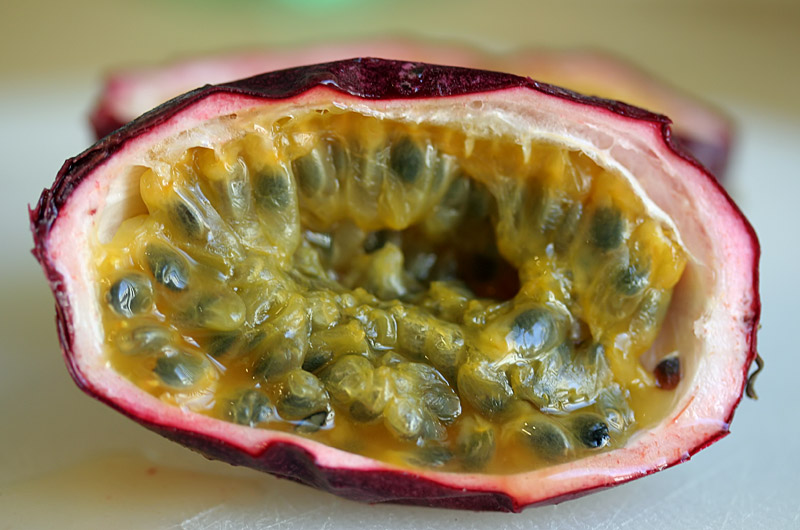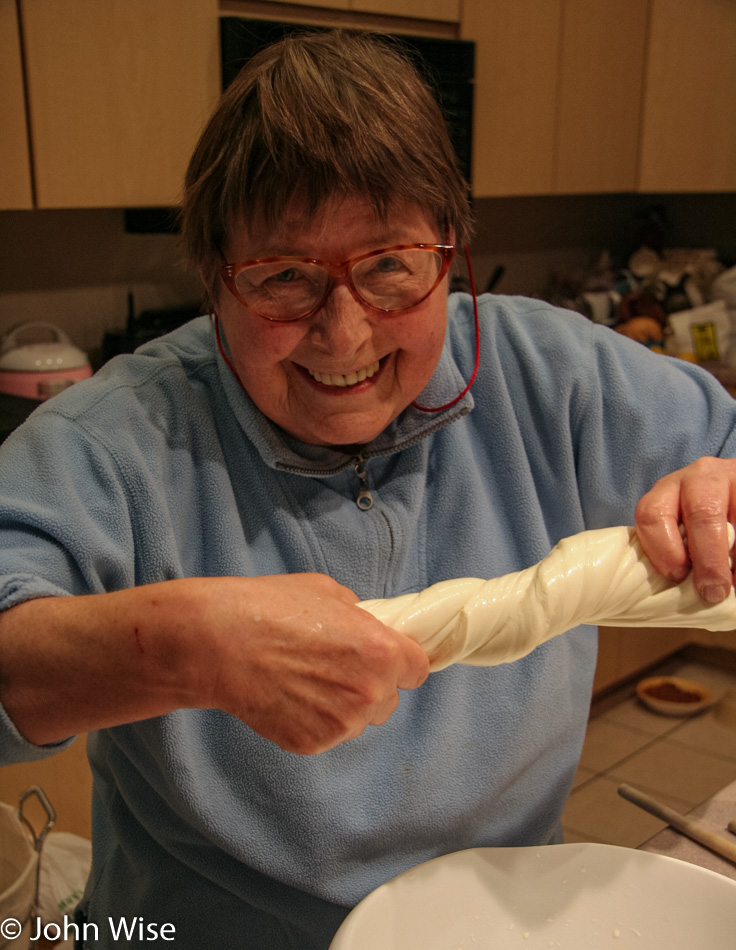
Having found wonderful fresh RAW milk, my mother-in-law and I embark upon making some homemade mozzarella. The milk comes courtesy of the folks over at SaveYourDairy in Queen Creek, Arizona, and while this milk is more expensive than what is now traditional milk, i.e., pasteurized and homogenized, I just feel better about using a natural product that for some 10,000 years was just fine the way it came. We made marinara the day before and will make dough for pasta when the cheese is finished. Cooking this way is quite time-consuming but the satisfaction is irreplaceable.
